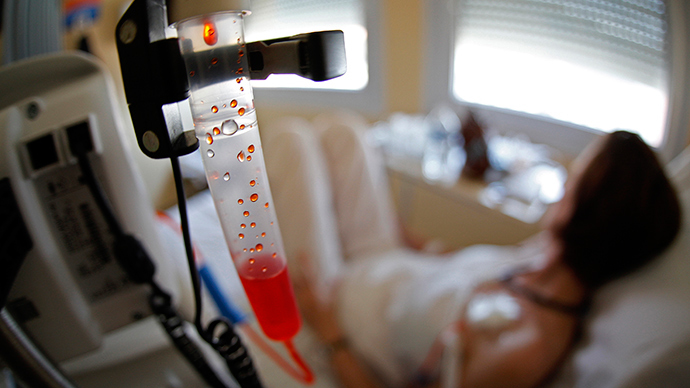Breast cancer cases near Welsh nuclear plant 5 times higher than expected – academic

Breast cancer rates are five times higher than expected near a defunct nuclear power plant in Wales, according to a study by environmental scientist Dr Chris Busby.
The power plant in Trawsfynydd, which has not been in use since 1993 but is yet to be decommissioned, relied on a nearby lake to operate its cooling system.
READ MORE: UK’s flagship nuclear power station in doubt as faults found in French design
READ MORE: Nuclear waste dumps bypass public approval under new UK law
It’s alleged that contaminated water was returned to the same body of water.
Busby’s investigation claims 90 percent of those living in areas downwind of the plant have been tested.
The report, published in the Jacobs Journal of Epidemiology and Preventive Medicine, says: “Trawsfynydd is a ‘dirty’ nuclear power station. As it has carbon dioxide gas-cooled graphite block reactors, its releases to air are higher than most other types of nuclear reactor.
“In addition, all the liquid releases are discharged to the lake, where they have accumulated to the lake body sediment,” the investigation claims.
“Results show very clearly that the downwind population has suffered because of these exposures.”
“This is most clear in breast cancer in younger women below 60, where the rates were almost five times the expected.”
“Additionally we see a doubling of risk in those who ate fish from Trawsfynydd Lake, which supports the conclusion that it is mainly a nuclear power station effect that is being seen.”
Busby, who has acted as an adviser to the Green Party, has been subject to controversy in the past.
In 2011, his claims there was a leukemia cluster in North Wales were met with opposition from other prominent environmental activists, including the Guardian writer George Monbiot.
In a piece for the paper published in 2011, Monbiot wrote that Busby’s claims “were the result of some astonishing statistical mistakes.”
He claimed an assessment of Busby’s findings – which were not peer-reviewed - found that Busby has counted Welsh leukemia incidences twice and overestimated the number of child leukemia cases by 90 percent.
Public Health Wales is currently investigating, in co-operation with local health teams, whether or not such a cluster exists around Traswfynydd.












